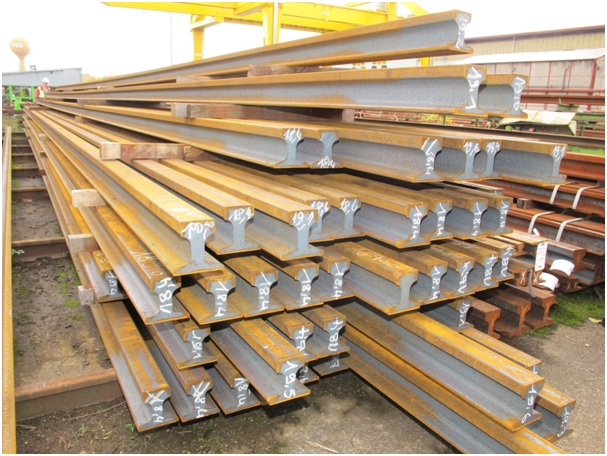Which Crane Rail Type Suits Your Needs Best?
Crane rail systems are a vital component of the construction and industrial world. They are the unsung heroes that enable cranes to move seamlessly, but choosing the right type of crane rail can be a daunting task. So, which crane rail type suits your needs best? In this article, we'll delve into the world of crane rails, helping you make an informed decision.

Understanding Crane Rail Basics
Before we dive into the details, let's begin with the fundamentals. Crane rails, also known as crane tracks or crane runways, are the critical infrastructure that facilitates the movement of cranes. They come in various types, each tailored to specific applications and needs.
Single Girder Crane Rails
Single Girder Crane Rails are a popular choice for businesses looking to optimize their lifting operations without breaking the bank. They consist of a single bridge beam that supports the hoist and are perfect for light to moderate lifting tasks.
Double Girder Crane Rails
If your lifting requirements are on the heavier side, Double Girder Crane Rails might be your best bet. They boast two bridge beams and can handle significantly larger loads, making them ideal for demanding industries like steel mills and shipyards.
Top-Running Crane Rails
Top-Running Crane Rails are mounted on top of a building's structure, making them a great choice when floor space is at a premium. They are versatile and adaptable, which is why you'll find them in a variety of settings.
Under-Running Crane Rails
On the other hand, Under-Running Crane Rails are installed beneath the building's structure. They work well when overhead space is limited, making them a common sight in smaller industrial settings.
Box Girder Crane Rails
Box Girder Crane Rails are known for their stability and are designed for heavy lifting and long spans. They are the go-to choice for industries like aerospace and automotive manufacturing.
Choosing the Right Crane Rail Type
Now that you're familiar with the options, how do you decide which crane rail type is the perfect fit for your needs? Consider the following factors:
Load Capacity: Evaluate the weight of the loads you need to lift regularly. For heavier loads, double girder or box girder crane rails are a safer choice.
Space Constraints: Your available floor and overhead space will also dictate the type of crane rail you can install. Top-running and under-running rails can be more space-efficient.
Budget: Your budget is a crucial factor. Single girder crane rails are cost-effective, but they might not be suitable for exceptionally heavy loads.
Industry and Application: Consider the industry you operate in and the specific applications of your crane. Different industries have different needs, and some crane rail types are better suited for particular applications.
Maintenance Matters
No matter which crane rail type you choose, maintenance is key to ensuring their longevity and efficiency.
Regular Inspections: Schedule routine inspections to catch wear and tear early and prevent more significant issues down the line.
Proper Lubrication: Lubricate the tracks and wheels as recommended to reduce friction and extend the system's lifespan.
Safety First: Implement comprehensive safety measures. Operator training, restricted access areas, and adherence to safety regulations are essential for accident prevention.
Wrapping It Up
In conclusion, choosing the right crane rail type is essential to ensure the efficiency and safety of your lifting operations. By considering factors like load capacity, space constraints, budget, and industry needs, you can make an informed decision.
And remember, maintaining your crane rails is equally crucial for their continued smooth operation and safety.
In this fast-paced world of industry and construction, the right crane rail type can make all the difference. So, invest your time wisely in making the right choice.

